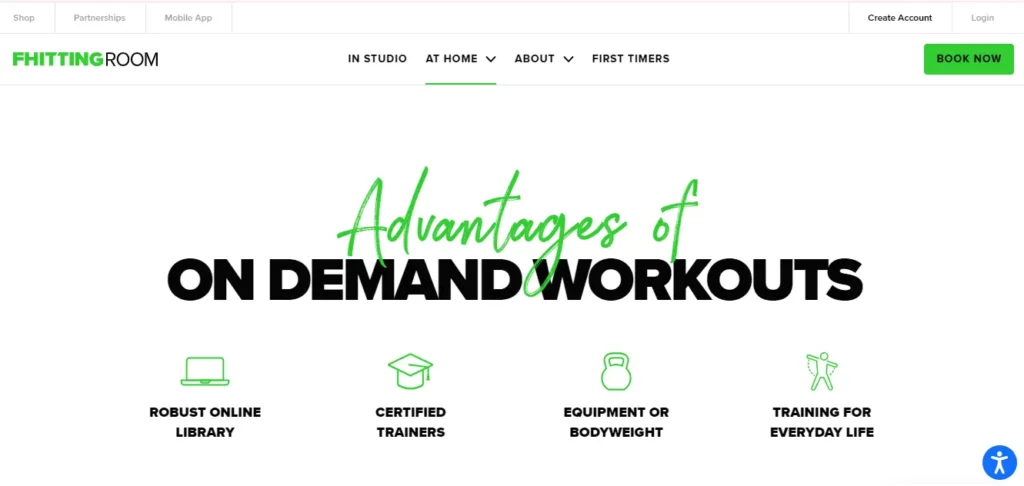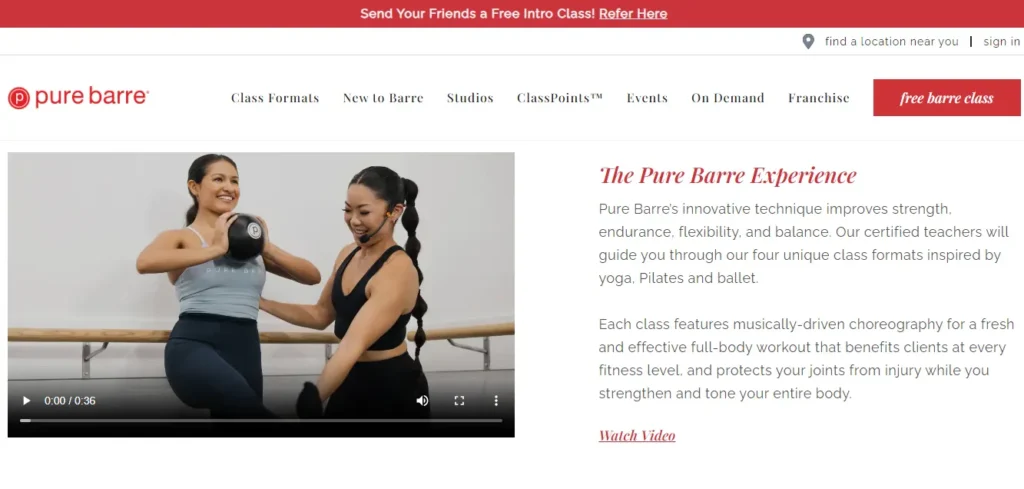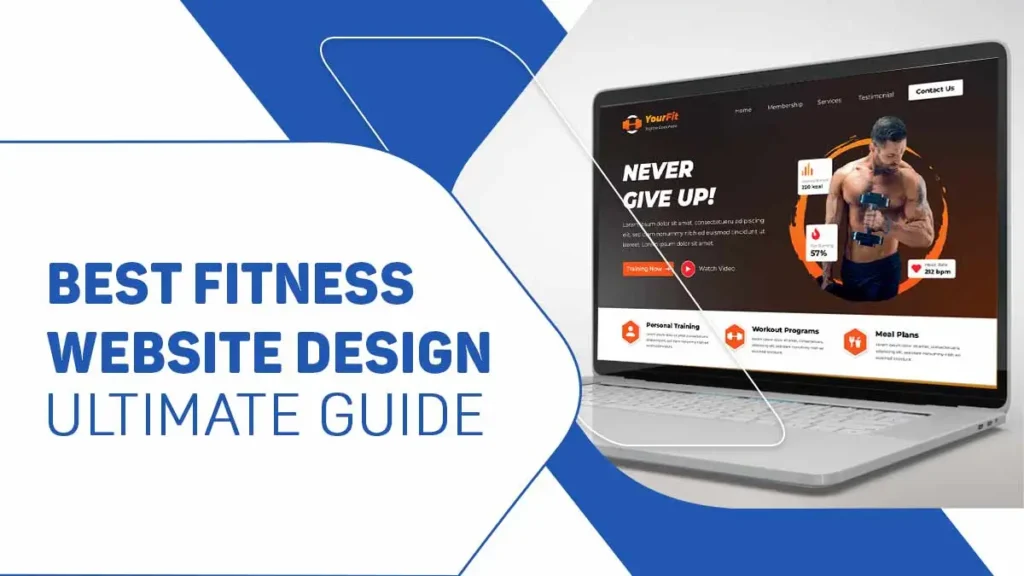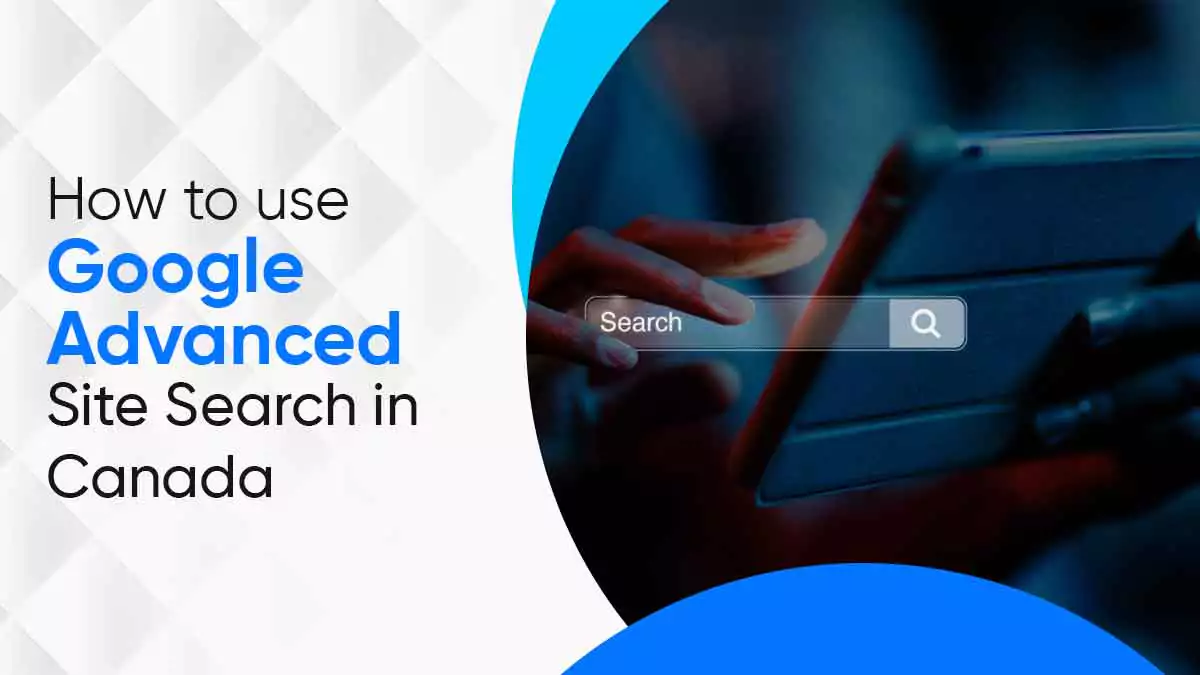Having an outstanding fitness website is crucial for attracting and retaining clients. With the fitness industry projected to grow exponentially, a well-designed website can set you apart from the competition and ensure your success in this thriving market.
In a Hurry to Know Key Elements for Best Fitness Website?
- Intuitive Layout: Design a clean, user-friendly structure for easy navigation.
- Class Schedules: Offer up-to-date timetables with booking functionality.
- Transparent Pricing: Show clear membership costs to build trust.
- Mobile Responsiveness: Optimize for seamless mobile access across devices.
- Bold Branding: Apply consistent colors and logos to reflect your identity.
Read on to design a top fitness website and grow your client base in 2025!
Why Choose a Fitness Website and Why Design Matters?
The fitness industry is experiencing remarkable growth, and a well-designed website is essential for capitalizing on this trend. Here are some compelling statistics that underscore the importance of a fitness website:
- The fitness industry’s revenue is predicted to increase by 172% from 2021 to 2028, reaching $435 billion.
- The online fitness industry saw a 32% revenue boost compared to pre-pandemic levels by the end of 2021.
- The average gym member is worth $517 per year.
- Traditional health clubs have an average retention rate of 4%, while fitness studios boast a retention rate of 89%.

What Are The Essential Features Of A Fitness Site?
Creating a successful fitness website requires careful consideration of various design elements and functionalities. Here are the essential features to include:
- Overall Layout
Your website’s layout should be clean, intuitive, and easy to navigate. Visitors should be able to find information quickly and feel safe. Use a clear hierarchy, with the most essential elements prominently displayed. - Specific Features or Functionalities
Include features such as class schedules, booking systems, member portals, and interactive tools. These functionalities enhance the user experience by providing convenient access to information and services. - Colours or Branding
Consistent branding is essential for establishing a cohesive online presence. Choose color palettes that reflect your brand identity and convey energy, health, and vitality. Ensure that your logo, fonts, and design elements are aligned with your overall brand aesthetics. - Copywriting
The tone and style of your website copy should be clear, motivational, and informative. Use persuasive language to highlight the benefits of your services and encourage visitors to take action. Include testimonials and success stories to build credibility. - Menu Titles
Simple and descriptive menu titles facilitate easy navigation. Use straightforward labels for main sections such as “Home,” “About Us,” “Classes,” “Schedule,” “Pricing,” and “Contact.” This ensures that visitors can quickly find what they are looking for.
What Makes a Great Fitness Website Design?

An excellent fitness website design combines aesthetics, functionality, and user experience. Here are crucial elements that contribute to a practical design:
- Simple Design and Intuitive Layout
A clutter-free design with a logical layout enhances usability. Visitors should be able to navigate the site effortlessly and find information without confusion. - Contact Details and Location Map
Make reaching you easy for potential clients by prominently displaying contact information and including an interactive map with your location. This is especially important for brick-and-mortar fitness businesses. - Class Timetable
An up-to-date class timetable is essential for informing members about available sessions. Consider integrating a booking system allowing users to reserve class spots directly through the website. - Pricing
Transparency in pricing builds trust with potential clients. Clearly outline membership options, class packages, and any special promotions. Consider including a pricing table for easy comparison. - Email Subscription Option
Encourage visitors to subscribe to your newsletter for updates, promotions, and fitness tips. An email list helps nurturing leads and maintaining client engagement. - Links to Social Media Profiles
Enhance your online presence by linking to your social media profiles. - About Page: Share your story, mission, and values, and introduce your team. Highlight your expertise and passion for fitness to establish credibility and trust.
How Can I Create A Professional Fitness Website?
Hiring a professional web designer can yield the best results if your budget allows. Here are some steps to guide you through the process:
- Research Designers
Start by researching web designers or agencies with experience in the fitness industry. Ask for recommendations from peers, read online reviews, and explore their portfolios to assess the quality of their work. - Niche Agencies
Consider working with niche agencies specializing in fitness-related web design. While they may cost more, their expertise can significantly improve your site’s performance and effectiveness. - Ask Key Questions
When evaluating potential designers, consider these questions:
- Do you like the other websites in their portfolio?
- Are things like web hosting and a domain name included in the cost?
- Do they provide ongoing support?
- Are their website responsive (i.e., compatible with mobile and tablet devices)?
- How many rounds of changes and feedback are included in the price?
- Is there an ongoing fee for maintenance or tool subscriptions?
How Much Does It Cost To Design A Fitness Website?
The cost of best fitness website design can vary widely depending on several factors, including the complexity of the design, the features required, and the designer’s experience. Here’s a breakdown of potential costs:
| Basic Website: A simple fitness website with a few static pages can cost anywhere from $1,000 to $5,000. This option is suitable for small fitness studios or personal trainers. | Mid-Range Website: A mid-range website with additional features such as a booking system, member portal, and integrated blog can cost between $5,000 and $15,000. This option is ideal for established fitness businesses looking to enhance their online presence. | Advanced Website: A complex website with advanced functionalities like e-commerce capabilities, virtual training sessions, and custom design elements can cost $15,000 or more. This option suits large fitness centers, franchises, or businesses with specific requirements. | Ongoing Costs: Besides the initial design cost, there may be ongoing expenses for web hosting, domain registration, maintenance, and tool subscriptions. Budgeting for these recurring costs to ensure your website remains up-to-date and functional. |
How can a fitness website attract more clients?
- First Impressions Matter:
A visually appealing and user-friendly website creates a positive first impression. - 24/7 Accessibility:
A website provides 24/7 access to information about your services, classes, and promotions. - Enhanced User Experience:
A smooth and engaging user experience keeps visitors on your site longer and encourages them to explore your offerings. - Effective Member Engagement:
To engage with clients, incorporate features such as member portals, online booking systems, and personalized content. Regular updates and exclusive content can keep members coming back for more. - Streamlined Communication:
Make it easy for clients to contact you by providing multiple communication channels, such as email, phone, and live chat. Prompt and helpful responses to inquiries can enhance client satisfaction and trust.

Why is mobile responsiveness important for fitness sites?
Mobile responsiveness is crucial for fitness websites as many users access the internet via mobile devices. Here are some tips to ensure your website is mobile-friendly:
- Mobile-Centric Approach
First, design with mobile users in mind, ensuring that your site is fully functional and visually appealing on smaller screens. - Scalable Images and Icons
Ensure images and icons are scalable to maintain quality across devices. Use vector graphics where possible. - Touch-Friendly Buttons
Design touch-friendly buttons that are easy to tap without accidental clicks. Ensure sufficient spacing between interactive elements. - Cross-Device Testing
Regularly test your website on various devices and browsers to identify and fix any issues. - Speed Optimization
Optimize your site for fast loading times, as slow-loading pages can frustrate users and lead to higher bounce rates.
What Are Common Design Mistakes In Fitness Websites?
Avoiding common design mistakes can significantly improve the effectiveness of your fitness website. Here are some pitfalls to watch out for:
- The Fold
Important information should be visible without scrolling. Ensure your key message, call to action, and essential details are placed above the fold. - Speed
To retain visitors, ensure fast loading times. Optimize images, use a content delivery network (CDN), and minimize the use of heavy scripts. - Responsiveness
Optimize for both mobile and desktop. Ensure your site is fully functional and visually appealing on all devices. - Simple Navigation
Use easy-to-use menus and straightforward content. Avoid complex navigation structures that can confuse visitors. - Readability
Ensure high-contrast text and legible fonts. Choose font sizes and styles that are easy to read on all devices. - Scannability
Use sub-headings, short paragraphs, and bullet points. Break up text into manageable chunks to improve readability. - Legibility
Proofread for errors and ensure clarity. Avoid jargon and overly complex language. - Contact Info
Prominently display contact information on all pages. Make it easy for visitors to get in touch with you.
Fitness & Gym Website Design – Final Tips
Whatever approach you take to designing your website, always keep your end goal in mind. Here are some final tips to ensure your website meets your objectives:
- Define Your Goals
- Create a Brief or Mood Board
- Work on User Experience
- Create Content Strategy
Quick FAQs
What should I include on my fitness website’s homepage?
Your homepage should feature critical information about your services, contact details, and a clear call to action. Highlight your unique selling points and include high-quality images or videos.
What should I include on my fitness website’s homepage?
Your homepage should feature critical information about your services, contact details, and a clear call to action. Highlight your unique selling points and include high-quality images or videos.
How often should I update my fitness website?
Update your website regularly with new content, class schedules, and promotions. Fresh content keeps visitors engaged and improves your site’s SEO performance.
How Do I Choose A Designer For My Fitness Website?
Look for designers with experience in the fitness industry, review their portfolios, and read client testimonials. Ensure they offer ongoing support and maintenance services.
How Can SEO Benefit A Fitness Website?
Here are some ways SEO can benefit your fitness website:
1. Increased Visibility
2. Targeted Traffic
3. Enhanced Credibility
4. Improved User Experience
5. Cost Effective Marketing






